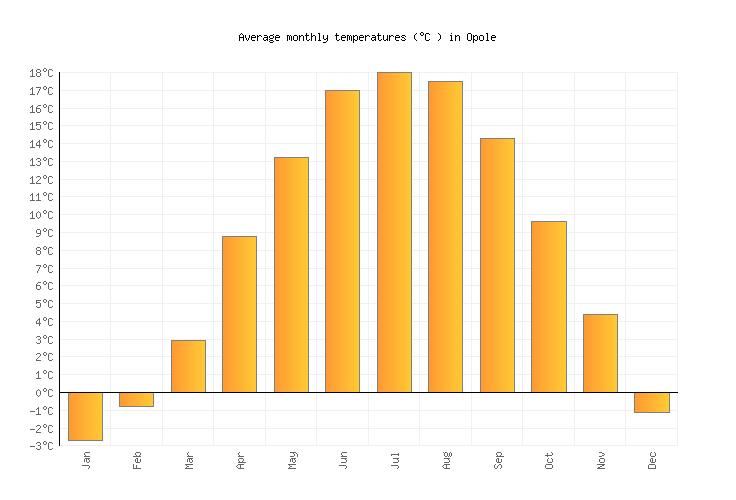
Germany, Switzerland, Austria make up the jewels of Central Europe. Central Europe is one of Europe’s most beautiful untouched regions. Christmas is beautiful in all the above mentioned countries, so do pick December if you plan to visit in winter. South of France and parts of Netherlands though see a bit of respite. Winter makes the days short here, and in most countries, viz a viz, England, Scotland, Ireland, North France, Belgium etc, there is imminent snowfall for a few days in a month at least. Hence if you are on budget, then autumn is a good time to explore Western Europe. As temperatures start dropping again, so do the rates of accommodation and travel. The paradise of summer is transformed to dry autumn, with minor rainy days. Summer is pretty much the best time to visit this part of Europe.Īutumn is all about bright fiery red-rust trees and streets covered in crunching leaves. The English beaches are sweeping and South of France is filled with tourists, celebrities and artists while Netherlands and Belgium see a lot of cultural tourism. Summers in west Europe are mild and pleasant as well, with a range of 18-30☌ in most countries. Belgium is ripe with sunflowers in the countryside. There are blossoming meadows and flowing brooks, many harvest festivals and bright tulip bulb beds in Netherlands. Spring months in west Europe are very pleasant and lively, with the temperature ranging between 12-15☌ in March and gradually increasing. While some like Netherlands and Monaco are warmer, Ireland, Scotland, England, France, and Belgium are colder. Rains and snowfall are common, and seasons properly demarcated in most countries. Though milder than the Nordic region, this part also sees mild temperate summers and cold winters. Western Europe is a region dominated by varied landscapes. The temperatures drop to as low as -22☌ in some places, and December marks some brilliant Christmas celebrations (especially in Finland’s Santa Claus Village).

Some amazing places to see Northern Lights are the Laplands in Finland, Sweden and Norway. Some days in late December are without much sun, and hence the chances of spotting Northern Lights increases greatly.

The winters in Nordic countries are cold, harsh and dark. However, sure-shot sightings happen only in the thick of winter. By September end, Northern Lights start showing up in the skies above Finland, so tourism is quite possible. Norway and Finland mainly experience snowy autumns. October-November in the Nordic region make for a mild autumn, when winds pick up, rain is pouring and there is slush everywhere in countries like Denmark and Sweden. Summers are the high tourist time as hikes, mountain sports and adventure become possible. That is when by June-July, the midnight sun phenomenon can be seen. The warmth touches 27☌ and berries and mushrooms ripen in forests, with the day lengthening to 24 hour span in some northern-most reaches. Other countries see the start of summer by May or end of May. Summer in Finland is the last to arrive, as it starts to become warmer there by June. Some countries like Sweden see pink-coloured blossoms all around and with rivers and streams melting, everything becomes infinitely more colourful. The days start to prolong and sunshine returns, with average highs of 16☌ by mid-April. Spring season in most Nordic countries starts by March, and brings a mild respite from winter.

Sweden, Norway, Denmark, Finland, Iceland etc are also renowned for the sight of Northern Lights during the darker winter months, and midnight sun during summer. The landscape is all mountains and deciduous forests, along with far reaches of snow-covered plains. Northern Europe, being close to the Arctic Circle and North Pole, is a region of cold summers and colder winters.


 0 kommentar(er)
0 kommentar(er)
